Increasing surface care is not always the right solution for achieving beautiful, healthy skin. Sometimes, it is enough to simply change things in your diet to see your appearance improve and keep it healthy.
Drinking plenty of water, limiting junk food, alcohol, tobacco, and having regular physical activity contribute to protecting and beautifying it.
Some dietary supplements are also recommended, such as collagen and hyaluronic acid.
Here are the 16 foods to favor for healthy skin! To fully understand the functions of the skin and which nutrients benefit it, see after the list.
Read also | A pharmacist has selected the best supplements for the skin
1. Spirulina
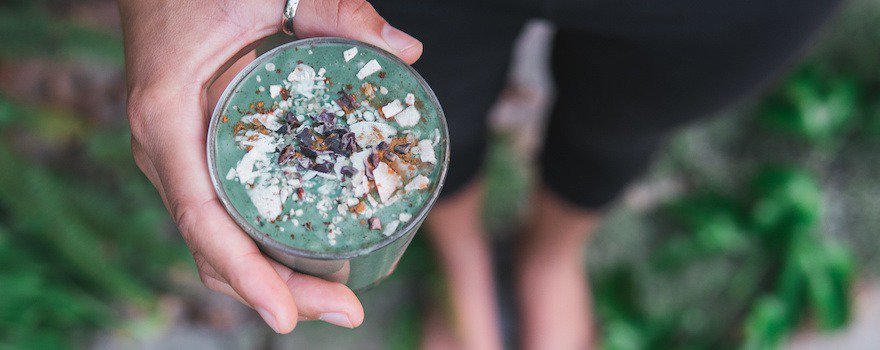
This cyanobacteria helps improve skin appearance and contributes to cellular renewal.
It is rich in antioxidants (gamma-linolenic acid, phycocyanin, carotenoids, selenium, and zinc), which act against skin aging by preventing the formation of free radicals.
Recipe ideas: it can be consumed in powder form, incorporated into a drink, a ginger-lemon infusion, or in cucumber and apple juice to mask its taste, with freshly squeezed orange. Indeed, vitamin C will promote the assimilation of spirulina’s iron. We combine it with our smoothie recipes and our sweet as well as savory dishes. In flakes, it can be sprinkled over a salad, an omelet, or mixed into a mash, with its light iodine taste as well as its pretty color and crunchy texture.
Read also | The 3 best spirulinas according to a pharmacist
2. Maca
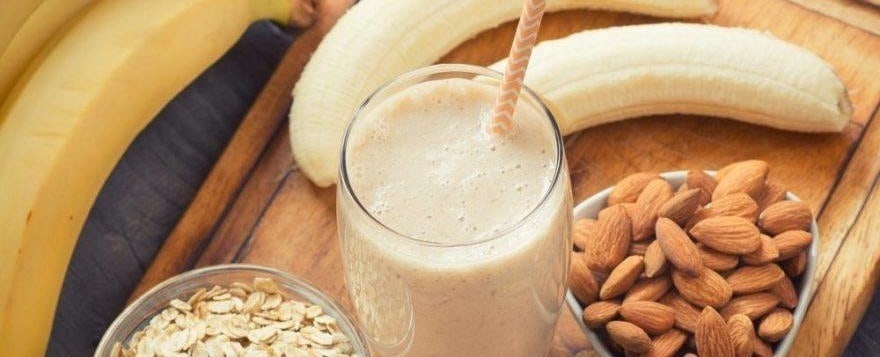
Maca consists of many minerals and trace elements (iron, magnesium, zinc, copper, calcium, phosphorus, selenium) as well as antioxidants (flavonoids, isothiocyanates).
It enhances the appearance of the skin, its complexion, and promotes hydration. It decreases skin sensitivity to temperature variations and also helps treat hormonal acne.
Recipe ideas: the powder is easy to use in both sweet and savory dishes. It can be added to our pancake or crepe batter. We create delicious and creamy drinks like Macachino or Maca smoothies… Here are some recipe inspirations from Instagram.
Read also | Everything you need to know before buying an acne dietary supplement
3. Borage Oil
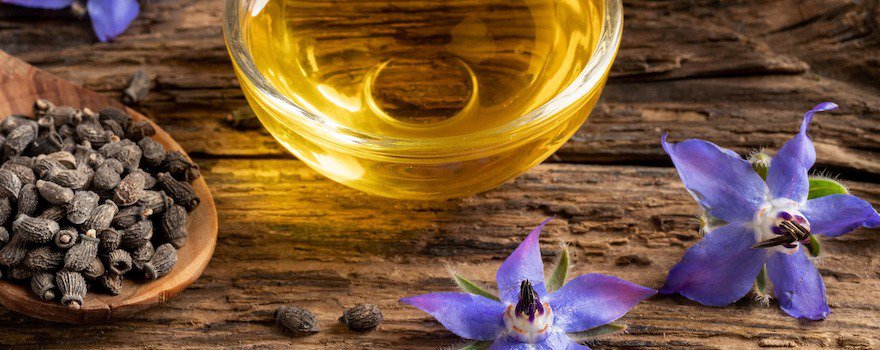
This oil is produced by cold pressing the seeds of the plant found on the European continent. It is rich in omega-6 polyunsaturated fatty acids, notably linoleic acid, which gives it antioxidant and anti-inflammatory properties.
Recipe ideas: it can be used to season salads, alone or in combination with other oils like linseed oil, rich in omega-3s.
4. Guarana
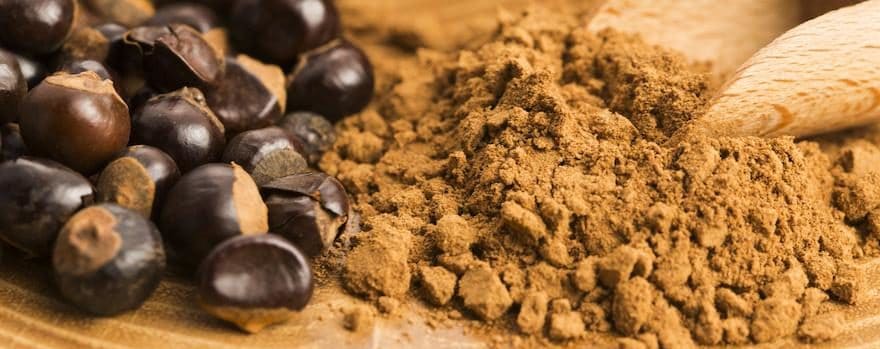
Guarana is a great source of antioxidants, including caffeine as well as tannins, theobromine (as in cocoa), catechin, and saponins.
These antioxidants combat the action of free radicals and thus protect our cells from oxidative stress. Their action is particularly effective against skin aging.
Recipe ideas: the powder is easy to incorporate into our daily diet. It can be diluted in water, in a juice with beetroot, orange, and honey for example, or mixed into yogurt or a smoothie.
Read also | How to choose the best guarana
5. Cod
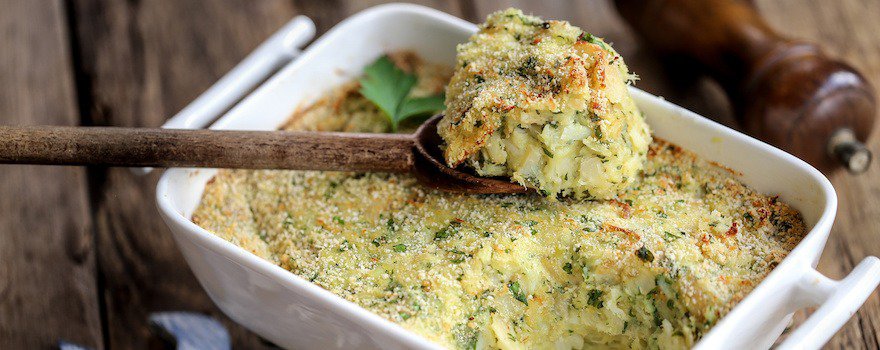
Cod is an excellent source of complete proteins, thanks to the amino acids it contains, and promotes the maintenance and repair of skin tissues.
It is also rich in selenium and omega-3s (EPA and DHA), providing antioxidant and anti-inflammatory properties for the skin.
Recipe ideas: you can use fresh cod or desalted cod in cooking. In a brandade, it is mixed with mashed potatoes, parsley, and garlic before placing the mixture in the oven. You can make salads with cod, chickpeas, onions, and olives, for example. You can serve it with steamed vegetables and an aioli. Or make delicious West Indian accras 🙂
6. Goji Berries
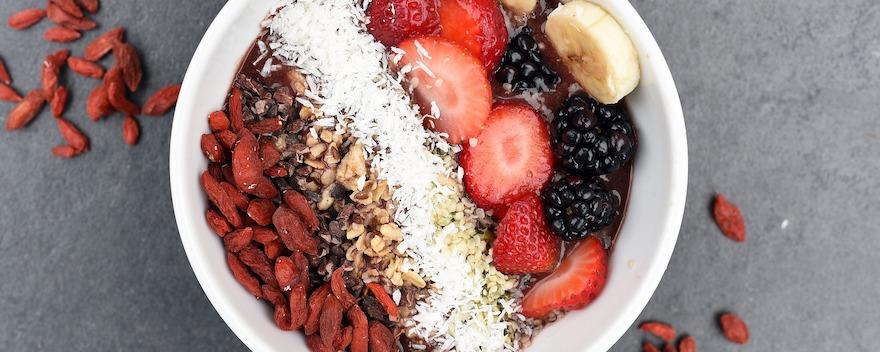
These berries contain antioxidants (carotenoids including beta-carotene) that particularly fight against oxidative stress and help promote collagen production, acting as an anti-aging remedy for the skin.
Recipe ideas: as dried fruits, a very practical way to consume them, either plain, as you would enjoy dried fruits, or sprinkled on a sweet recipe such as an oatmeal porridge or savory, like a rice salad. They are also consumed in juice form.
7. Brazil Nuts
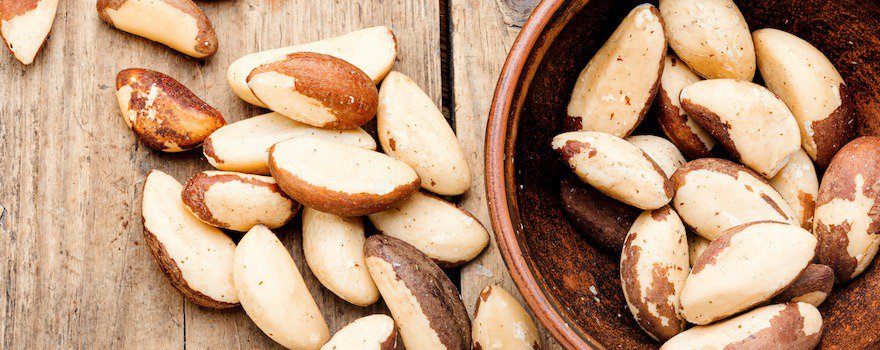
This oilseed has numerous benefits. In terms of selenium intake, it is the winner: a single nut suffices to meet our daily needs!
It also contains a good amount of vitamin E and zinc. Selenium combined with vitamin E helps fight the action of free radicals and the aging of skin cells.
Recipe ideas: Brazil nuts can be sprinkled on an oatmeal porridge and complemented with goji berries. They incorporate very well into our cake recipes, such as brownies or cookies!
8. Oysters
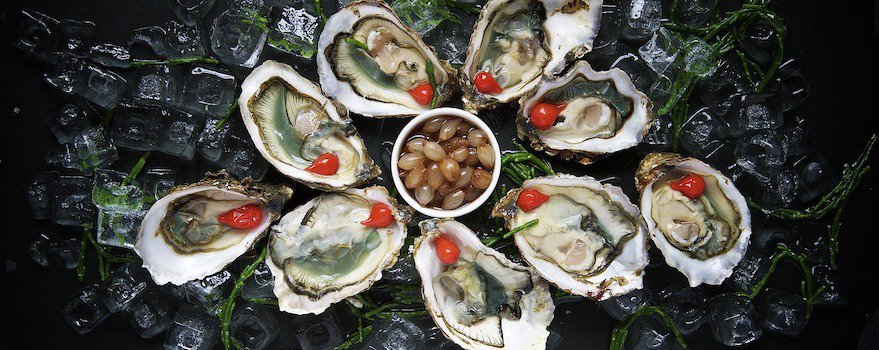
This mollusk is full of nutritional qualities! It is particularly an excellent source of zinc, selenium, vitamin A, and omega 3 fatty acids EPA and DHA. These nutrients give oysters beneficial properties for the skin (antioxidants, anti-inflammatory, collagen production stimulator, for example).
Recipe ideas: if you don’t like milky oysters, make sure to consume them during months with an R (JanuaRy, FebRuaRy, MaRch, etc.)! Purists will enjoy it as is, raw after opening to savor its properties and briny flavor. You can add lemon juice or a shallot vinaigrette. You can also prepare it in the oven for a more gourmet version with cream, white wine, shallot, and parmesan.
9. Matcha
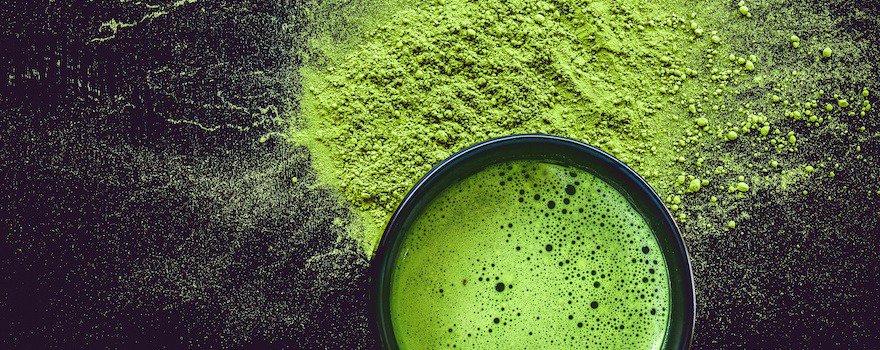
Matcha is a rich source of antioxidants! It contains a significant amount of catechin, a flavonoid that gives it its umami taste.
As such, a matcha regimen could beautify the skin through a detoxifying and purifying action.
Recipe ideas: Pure powder diluted in hot water or plant-based milk for a delicious matcha latte. Matcha also incorporates very well into desserts and pastries!
10. Aloe Vera
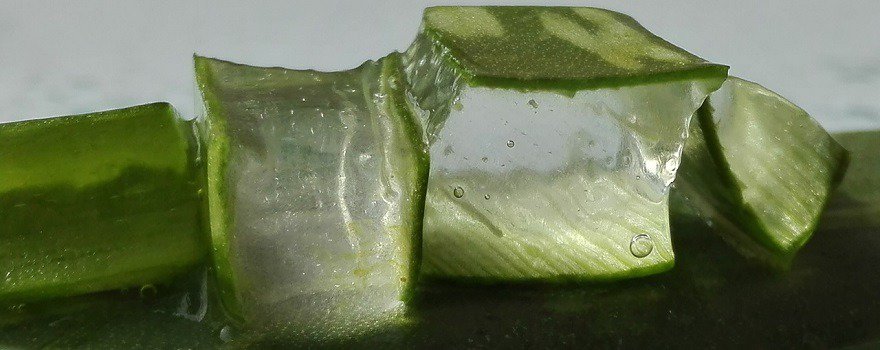
Consuming this succulent plant has cleansing and protective effects on the skin, thanks to the numerous antioxidants and vitamins it contains (A, C, E, and B group). It is a true ally for skin beauty. It notably helps treat acne, protect the skin from UV rays, and prevent aging.
Recipe ideas: you can incorporate its juice into smoothies and gazpachos. It can be consumed in pieces in salads or used as a thickener in our sauces and dressings.
11. Carrots
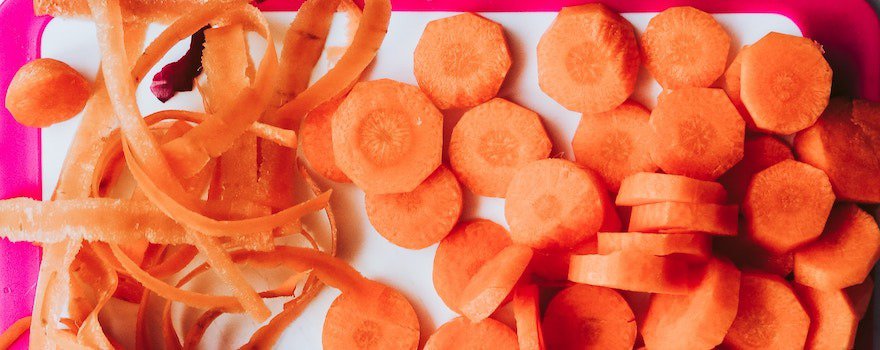
The darker they are, the more concentrated they are in beta-carotene ! For instance, brown carrots contain twice as many carotenoids as orange carrots. They would thus help reduce the action of free radicals on the skin.
Recipe ideas: preferably consume raw. You can prepare an Oriental carrot salad with blood oranges and a sauce made of chopped coriander and cumin. You can also consume it as juice combined with apples and ginger. In a cooked version, you can prepare a carrot velouté with cumin and turmeric, delicious and comforting in winter!
12. Kale
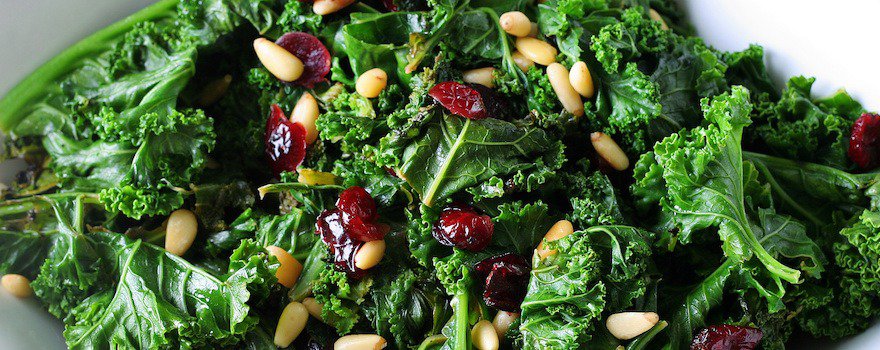
Kale is a very good source of vitamin C. This vitamin helps strengthen the skin and promotes collagen synthesis.
Additionally, kale contains vitamin A (a 100 g serving of kale covers daily needs) which contributes to skin health thanks to its antioxidant properties.
Recipe ideas: raw in a salad is the best way to enjoy its benefits. Add cranberries or pomegranates, walnuts, feta, oranges, and dress with lemon. It can also be consumed as chips, in soup, made into guacamole, pesto, incorporated into green smoothies for a nutritious boost!
13. Sweet Potato
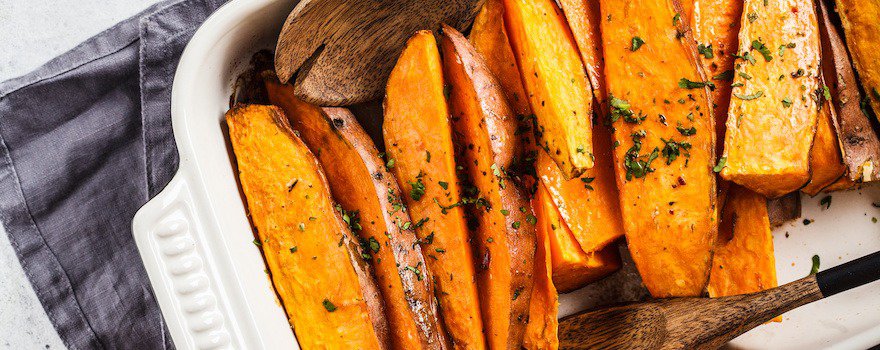
This tropical tuber is a good source of vitamin A, C, and beta-carotenes. Darker-colored sweet potatoes are richer in anthocyanins, a flavonoid with antioxidant and anti-inflammatory properties.
Recipe ideas: as fries, chips, mashed, it can replace potatoes in a cottage pie. If preferred sweet, you can take inspiration from an Antillean recipe to make a soft cake with butter, eggs, milk, coconut sugar, vanilla bean, and a hint of rum!
14. Camu Camu
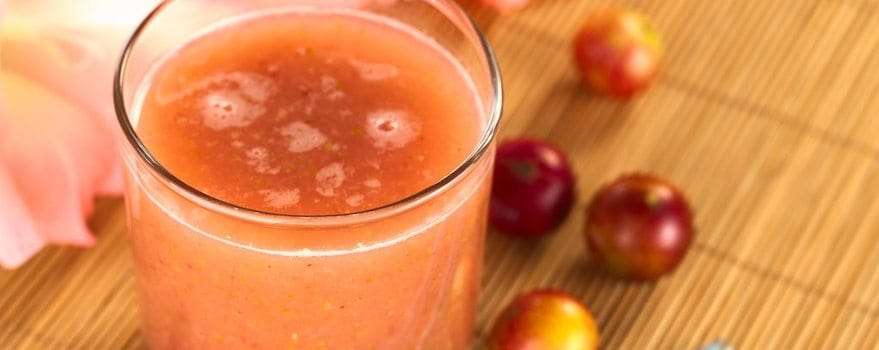
Camu camu is a very good source of vitamin C, containing between 3% and 9%! Just one teaspoon of powder covers 750% of the RDA (recommended daily allowance) for vitamin C.
This vitamin allows our body to synthesize collagen, the protein that structures and strengthens our skin.
Recipe ideas: it is available in Europe as a powder. You can easily mix it into a smoothie or yogurt. It can also be incorporated into water. Note its rather bitter taste if not combined with a sweet ingredient.
15. Acerola
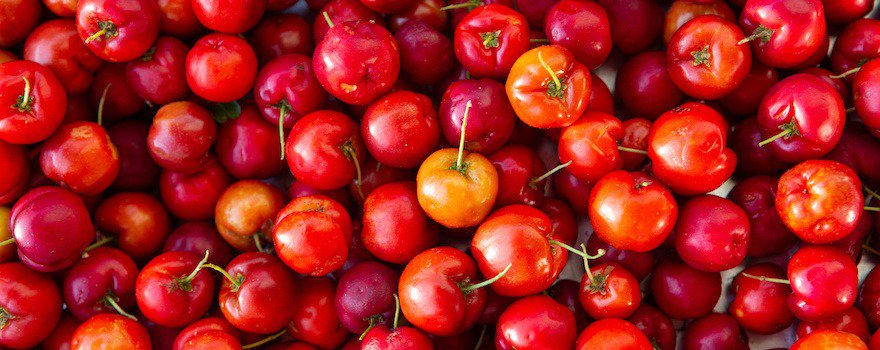
This berry is an intense antioxidant. Its antioxidant effectiveness is mainly due to its high content of vitamin C. It helps fight free radicals, molecules that degrade and accelerate skin aging.
It also stimulates collagen production.
Recipe ideas: Acerola powder can be easily incorporated into smoothies, juices, and yogurts. When pure, its flavor is tangy. Be aware of the sugars or flavors often added to the powder!
16. Blueberries
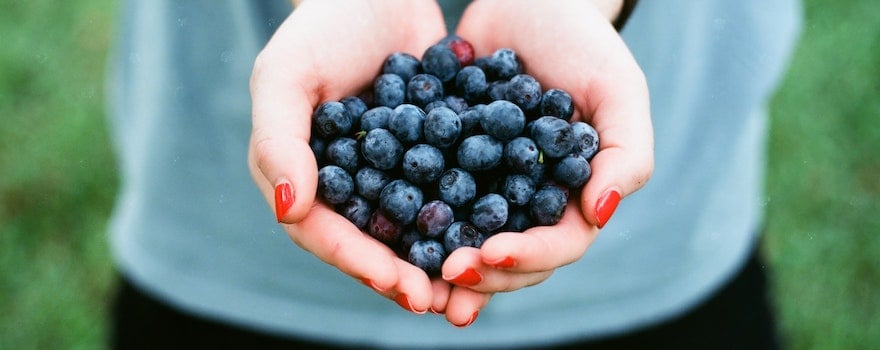
These berries are rich in flavonoids (proanthocyanidins and anthocyanins) and in vitamin C. The riper the fruit, the more concentrated it is in antioxidants! They give it properties that help fight free radicals.
Recipe ideas: scatter raw berries on smoothie bowls, adding nuts like almonds or walnuts. In juice, jams, jelly, or sauce paired with fromage blanc or a plant-based yogurt, for example.
The Skin, What Is It?
The skin is the largest and heaviest component of the human body, covering a surface area equivalent to 2m² and can weigh up to 4 kg on average! Its thinnest thickness is 0.05 mm at the eyelids. The thickest is 5 mm on the soles of the feet.
It comprises two main layers, the epidermis and the dermis. Both are situated above a layer of fat called the hypodermis.

The Epidermis, the superficial layer
It is composed of over 85% of cells responsible for synthesizing keratin, the protective substance contributing to its firmness and resistance.
These cells renew through the process of desquamation: they divide then migrate to the upper layer before detaching from the skin.
The other cells are melanocytes, synthesizers of melanin, responsible for skin pigmentation and protection against solar radiation.
As for Langerhans cells, they play a role in immune responses.
The Dermis, the thickest layer of the skin
Here, you find fibroblasts, specific cells that synthesize collagen and elastin. Collagen is the most important structural protein.
It gives the skin its strength and flexibility. Elastin, another structural protein of the skin, contributes to its elasticity.
Wrinkles appear when the fibers of the dermis deteriorate.
The cells of the dermis are irrigated by numerous blood vessels. A vast network of lymphatic vessels, nerves, and sweat glands (glands secreting sweat) also traverse it.
The hypodermis, the deep layer
The hypodermis is mainly composed of fat cells, known as adipocytes, nerves, and blood vessels. It serves as a thermal protector and energy reserve.
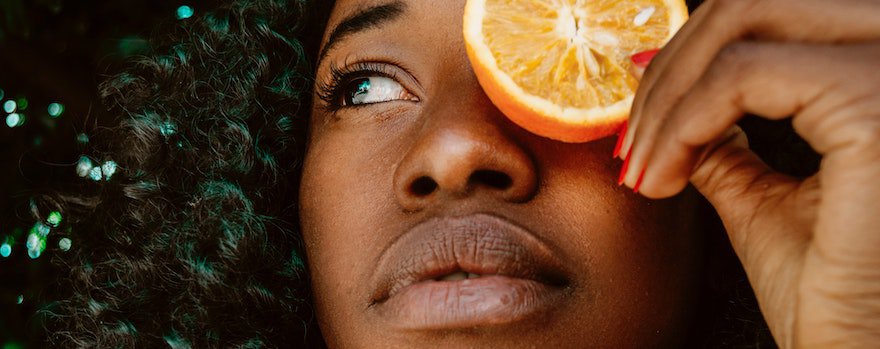
In terms of chemical composition, the skin contains on average 70% water (about 9% of the water in our body). This is why hydration is essential for the skin! So always remember to drink plenty of water.
25% proteins including the previously mentioned proteins (keratin, collagen, and elastin), 2% lipids. The remaining percentage consists of minerals such as calcium, magnesium, or zinc.
What are the main functions of the skin?
An essential protective barrier

The skin acts as a real physical, biochemical, and immune barrier against external aggressions. It serves as a shield against mechanical aggressions such as shocks and injuries, thanks to its elasticity and compressive properties.
It reduces the risk of penetration by harmful agents like bacteria and viruses through the action of the hydrolipidic film (a water and fat emulsion present on the skin’s surface) and Langerhans cells.
The skin’s melanocytes absorb UV rays to prevent their penetration into deeper layers.
An essential thermal regulator
The skin acts as a body temperature regulator that needs to be maintained around 37°C to allow the body to function properly.
Thus, when the temperature is high, during physical effort or in case of fever, the blood vessels dilate (or vasodilation) to promote heat loss.
At the same time, the sweat glands will secrete more sweat. Up to a liter of water per day is evacuated in this way!
Conversely, when it is cold, the blood vessels will constrict (vasoconstriction) and sweat secretion will decrease so that the skin can act as an insulator.
It contributes to vitamin D metabolism
The “sunshine vitamin,” vitamin D is synthesized under the effect of UVB rays. It is estimated that the sun provides between 80 and 90% of vitamin D needs.
It is present in our food (fatty fish, eggs, mushrooms…) in much smaller proportions. It promotes the binding of calcium to bones.
A sensory organ
The skin gives us a sensitivity to heat, cold, pain, and contact, thanks to a network of sensory nerves responding to various external stimuli. The skin’s sensory receptors are particularly numerous on the face and extremities.
Meissner’s corpuscles are skin terminations that allow us to feel touching sensations, for example. Thanks to them, we are more aware of wearing clothes, a few seconds after putting them on!
The reflection of our emotions
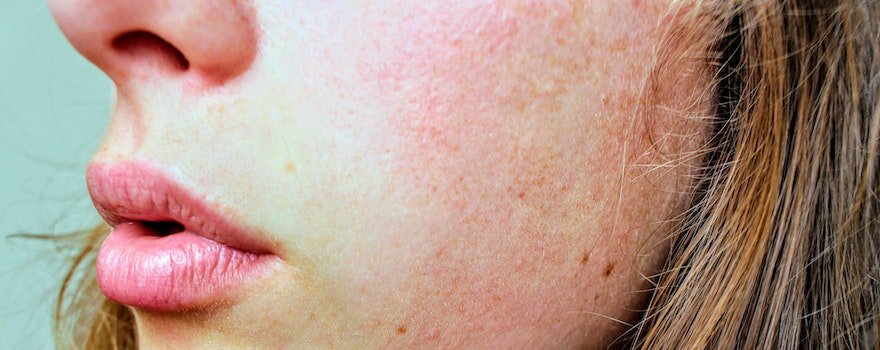
Redness on the cheeks, goosebumps, or pale complexion are various skin reactions and indicators of our emotional state (anxiety, fear, for example)!
Thus in case of stress, certain reactions usually occur within our body: the heart races, the skin’s complexion pales, and sweat glands secrete more sweat.
Such reactions, if they occur regularly, can impair the skin’s protective function and cause redness, itching…
Essential nutrients for healthy skin
Proteins
Main components of keratin, collagen, and elastin, proteins are essential for the structural maintenance of the skin.
Vitamin A and beta carotene
Vitamin A has antioxidant properties, protecting the skin from the effects of free radicals. These are associated with oxidative stress, promoting the development of skin wrinkles.
Beta-carotene, a pigment found in certain plants, is a provitamin A, meaning the body can convert it into vitamin A. It belongs to the family of carotenoids (yellow-orange pigments).
Vitamin C
One of the main functions of vitamin C is to stimulate the synthesis of collagen, a protein considered the cement of the skin.
Another crucial function for the skin is its antioxidant property, protecting its cells against the action of free radicals. It also contributes to wound healing.
Read also | Everything you need to know before buying vitamin C
Vitamin E
Vitamin E has a reparative effect on the skin, thanks to its antioxidant properties. It also plays a role in maintaining the skin’s elasticity and suppleness.
Omega fatty acids
Omega-3 fatty acids are lipids, and there are three types: alpha-linolenic acid (ALA), eicosapentaenoic acid (EPA), and docosahexaenoic acid (DHA).
ALA is termed “essential” because the body cannot synthesize it on its own. A study suggests their preventative action against ultraviolet rays.
They also help reduce inflammation caused by acne and contribute to the fight against skin aging with action against free radicals. Moreover, they make the epidermis more resistant and elastic.
Omega-6s, like omega-3s, are polyunsaturated fatty acids. Among them, linoleic acid is known to promote skin elasticity and its barrier role.
Read also | The criteria for choosing the best omega-3
Zinc
The skin contains about 5% of the total zinc in our body. This trace element plays an essential role in the synthesis of collagen, promotes skin healing, and may reduce acne lesions.
Read also | The criteria to consider before buying zinc
Selenium
This antioxidant trace element slows down skin aging by acting against free radicals.
Furthermore, a study conducted by various French universities suggests its protective effect against UVA on fibroblasts, these specific cells that synthesize collagen and elastin.



